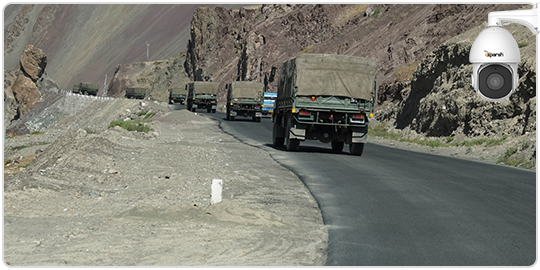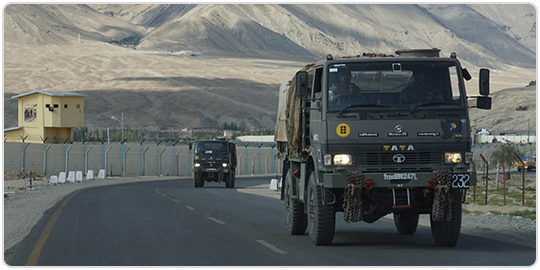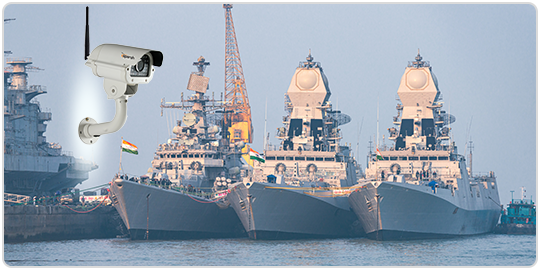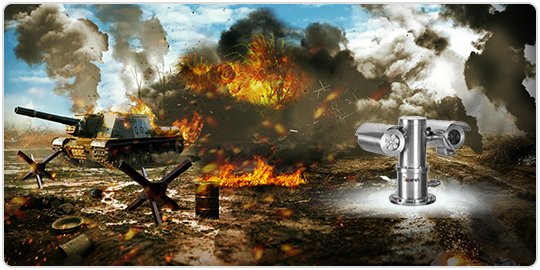Perimeter Protection and Strategic Installation
Military installations and sensitive areas require surveillance to monitor and secure their perimeters against intrusions and unauthorized access. Surveillance is also essential for protecting critical infrastructure, such as nuclear facilities, command centers, and communication hubs, from potential attacks.





